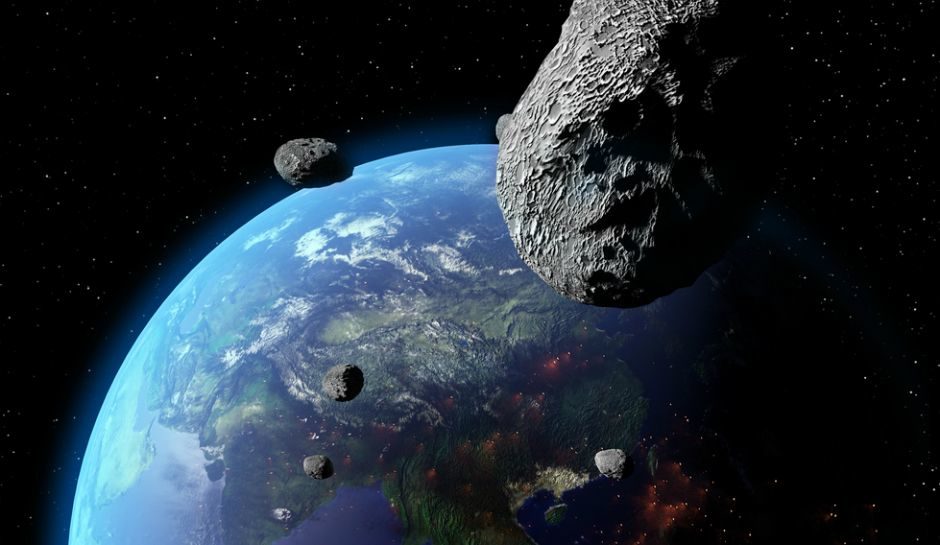OF THE
TIMES
Chemnitz police order far-right protesters to go home
Two competing demonstrations in Chemnitz were very much a clash of two Germanys. No police presence could obscure the fundamental conflict, indeed naked hatred, between these two sets of people.
Police in the Chemnitz said Saturday they had ordered the organizers of an anti-migrant protest to call off their march.
The rally, which drew about 4,500 participants, surpassed its authorized time limit, leading to concerns about public safety, officials said. They added that some 3,500 counterdemonstrators had attempted to interfere with the march by blocking its planned route.
As night fell, protesters from both sides were refusing to leave the area, prompting police to bring in water cannons, the DPA news agency reported.
"Our units were at times forced to use direct force," police said on Twitter. "We repeat our call, continue to refrain from violence."
More than 1,200 police officers were deployed to Chemnitz ahead of Saturday's protests, which came one week after a 35-year-old German man was fatally stabbed in the city. Two men from Syria and Iraq have been arrested over the death.
The incident sparked attacks on foreigners and violent clashes that shocked the rest of the country.
Saturday's right-wing rally was led by the anti-immigrant Alternative for Germany (AfD) party and the populist PEGIDA movement. Organizers called it a "mourning march," with many participants holding German flags and pictures of alleged victims of migrant violence.
Large crowds, including hundreds of rival demonstrators, also turned out for a rally opposing xenophobia and anti-migrant sentiment.
Many on the right are angry with Chancellor Angela Merkel's decision to welcome hundreds of thousands of mainly Middle Eastern asylum-seekers to Germany in 2015. The influx led to a backlash in some parts of the country that resulted in the AfD winning seats in parliament for the first time.

Comment: Of Flash Frozen Mammoths and Cosmic Catastrophes